I have a signal that changes from high state to low every few minutes, after changing state it will remain constant, all level changes are clean.
I'm looking for the smallest possible circuit that can detect a rising edge and falling edge (could be two different circuits) and will output a pulse when the edge is detected.
Ideally, I'm looking for a single circuit that will output a positive pulse when one type of edge is detected and a negative pulse when the other type is detected.




